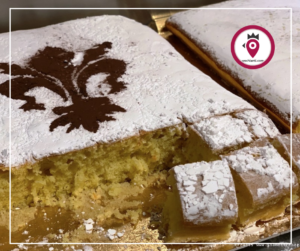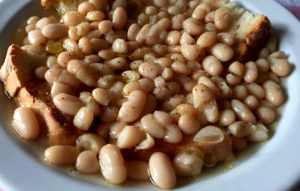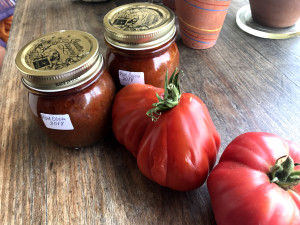Articolo disponibile anche in: Italian
The 2017 grape harvest was severely affected by climate change. As a result the wine production in Tuscany has fallen to 1 million 600 thousand hectoliters, 1 million less than the previous year, a decrease of 38%. In Italy Ismea and Unione Italiana dei Vini estimate a 26% decline compared to 2016.
This is data from the Ismea report (Istituto di servizi per il mercato agricolo alimentare) presented during the Anteprime di Toscana 2018 event.
More specifically, 2 million 300 thousand quintals of grapes were harvested in 2017, and 1 million 167 thousand hectoliters of Dop wine and 391 thousand hectoliters of Igp wine were produced.
Tuscany has a rich ampelographic heritage, with 58 Dop and Igp wines. Of the 52 Dop, 11 are Docg and the other 41 are Doc, while 6 are Igp. The Chianti and the Chianti Classico wines (which cover 44 and 21% of the area respectively) are the main points of reference. The Brunello and the Nobile follow, with 6 and 4%. As far as the Igp denominations are concerned, over 12,000 hectares were Igp wines in 2017.
The production value of Tuscany’s Dop and Igp bottled wines sector is estimated at around € 1 billion. Around € 850 million for Dop wines, € 148 million for the Igp. This equates to 12% of the total of € 8 billion 200 million Euros estimated by Ismea for Italy.
Although the United States and Germany are still the two main buyers and together constitute 50% of Tuscany’s Dop wine market, there is a gradual shift from traditional and well-established markets to smaller, distant but rapidly growing markets.
Specifically, the top five buyers lost 5% of the market in 2016 and remained stable in 2017, while the others grew by 2% in 2016 and 3% in 2017. Demand from the main clients stalled, with the exception of the United Kingdom and Russia, which recorded strong growth. Exports to Canada and Switzerland also increased.
Demand from traditional buyers isn’t guaranteed – influenced as they are by many market factors, as well as unpredictable geopolitical elements – that’s why they require supervision, attention and ongoing marketing efforts in spite of the solidity and reputation of Tuscany’s wine brands.
A systematic analysis of sale values across foreign markets shows that, compared to an overall average value increase of 5% in the last three years, the best performances for Tuscan wines are those obtained outside the EU borders, where the average sale price has grown by 7%.


